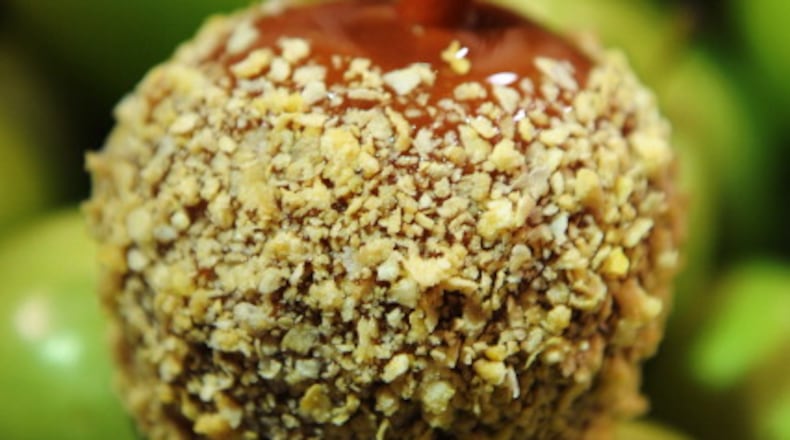In 2014, a listeria outbreak linked to caramel apples led to several deaths and over two dozen illnesses.
A new study published in the journal mBio has found at least one way listeria can contaminate the favorite fall treat.
It all comes down to the stick that is inserted into the apples to make them easy to eat. The stick releases enough juice to create a moist environment for listeria to grow.
The study’s authors tested batches of caramel apples, some with sticks and some without. Both batches were refrigerated. The ones without sticks showed no signs of pathogen growth, whereas the ones with sticks showed slow pathogen growth.
An additional batch with sticks left at room temperature showed significant pathogen growth within three days.
Researchers suggested additional disinfection procedures for apples used to make caramel apples, or making caramel apples without sticks. Prompt refrigeration can also help slow bacteria growth.
About the Author
Keep Reading
The Latest
Featured


